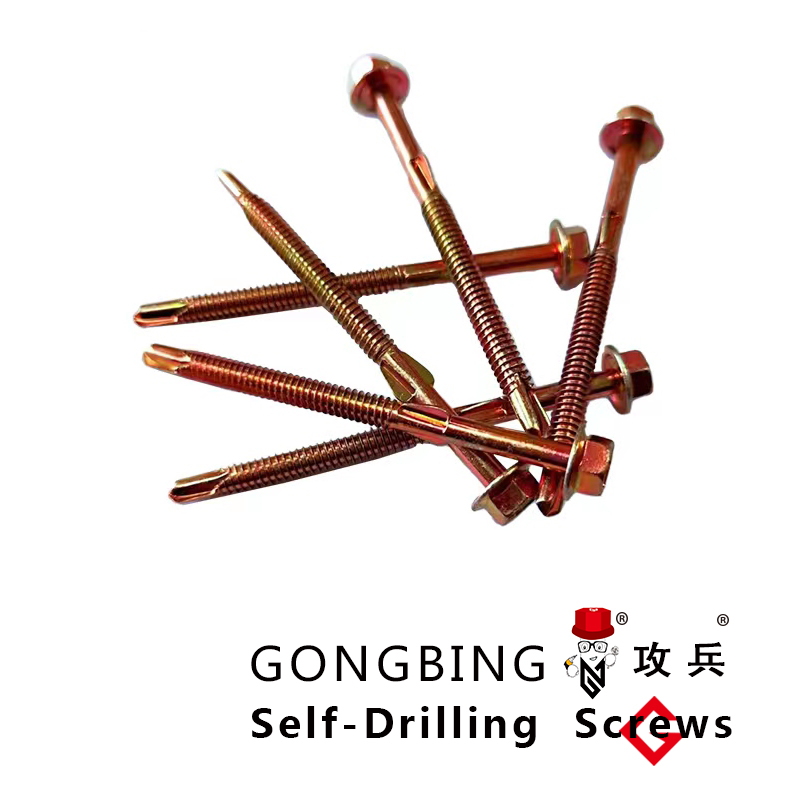Innovative Techniques in Steel Lateral Bracing for Enhanced Structural Stability and Safety
The Importance of Steel Lateral Bracing in Structural Engineering
In the field of structural engineering, the integrity and stability of buildings are paramount. Among various design strategies, lateral bracing is a crucial element that ensures structures can withstand lateral forces, such as those caused by wind, seismic activity, or other dynamic loads. Steel lateral bracing, in particular, has gained prominence due to its strength, flexibility, and ease of installation.
Lateral forces are those that act horizontally on a structure, which can lead to significant challenges in maintaining equilibrium and safety. Without adequate lateral support, buildings risk swaying or collapsing under stress. In response to these challenges, engineers employ various bracing systems, with steel bracing being favored for its high strength-to-weight ratio, durability, and resistance to buckling.
Types of Steel Lateral Bracing
There are several types of steel lateral bracing systems, each with its unique advantages and applications. Common types include
1. X Bracing This system features diagonal braces arranged in an “X” pattern, effectively transferring lateral loads through tension and compression. X bracing is widely used in both residential and commercial buildings for its efficiency and aesthetic appeal.
2. K Bracing K braces consist of diagonal members that resemble the letter “K.” This configuration offers similar benefits as X bracing while providing greater flexibility in design. K bracing is particularly useful in situations where space is limited, as it allows for a more compact structural solution.
3. Diagonal and Vertical Bracing In this approach, diagonal braces are used in conjunction with vertical members to create a strong framework capable of resisting lateral forces. This method is often employed in tall buildings, where vertical loads need to be adequately supported.
Each of these systems has its benefits depending on the specific requirements of a project, including aesthetic considerations, load path efficiency, and cost-effectiveness.
steel lateral bracing

Benefits of Steel Lateral Bracing
1. Strength and Durability Steel is renowned for its strength, which allows for the creation of sturdy structures that can resist significant lateral forces. Additionally, steel's corrosion-resistant properties contribute to the longevity of the bracing system.
2. Flexibility and Adaptability Steel lateral bracing can be adapted to various architectural designs, making it a versatile choice for both modern and traditional buildings. Its lightweight nature also simplifies installation, reducing labor and material costs.
3. Impact Resistance Structures with steel bracing are better equipped to handle unexpected impacts, whether from natural disasters, vehicle collisions, or other sudden forces. This resilience is crucial for safeguarding both the building and its occupants.
4. Cost-Effectiveness While the initial investment for steel materials can be significant, the long-term benefits often outweigh these costs. Lower maintenance requirements and improved safety can reduce insurance premiums and overall lifecycle costs.
Challenges and Considerations
Despite its advantages, the use of steel lateral bracing does come with challenges. Proper design and installation are essential to ensure that the bracing system functions as intended. Engineers must consider factors such as load analysis, material properties, and local building codes. Additionally, the visual impact of steel bracing can sometimes be a concern in aesthetic-driven projects.
Conclusion
Steel lateral bracing plays an indispensable role in modern structural design, providing stability and resilience against lateral forces. As engineering technologies continue to advance, the integration of innovative materials and techniques will enhance the effectiveness of bracing systems. A well-designed steel lateral bracing system not only ensures safety but also contributes to the overall architectural integrity of a structure, making it a critical consideration in any construction project.
-
Weatherproof Plastic Expansion Anchors for OutdoorNewsJun.06,2025
-
Sustainability in the Supply Chain: Eco-Friendly TEK Screws ProductionNewsJun.06,2025
-
Load-Bearing Capacity of External Insulation FixingsNewsJun.06,2025
-
Double Head Bolts: Enhancing Efficiency in Industrial MachineryNewsJun.06,2025
-
Corrosion Resistance in Chipboard Screws: Coatings for Wholesale DurabilityNewsJun.06,2025
-
Butterfly Toggle Bolts : Enhancing Structural ResilienceNewsJun.06,2025
